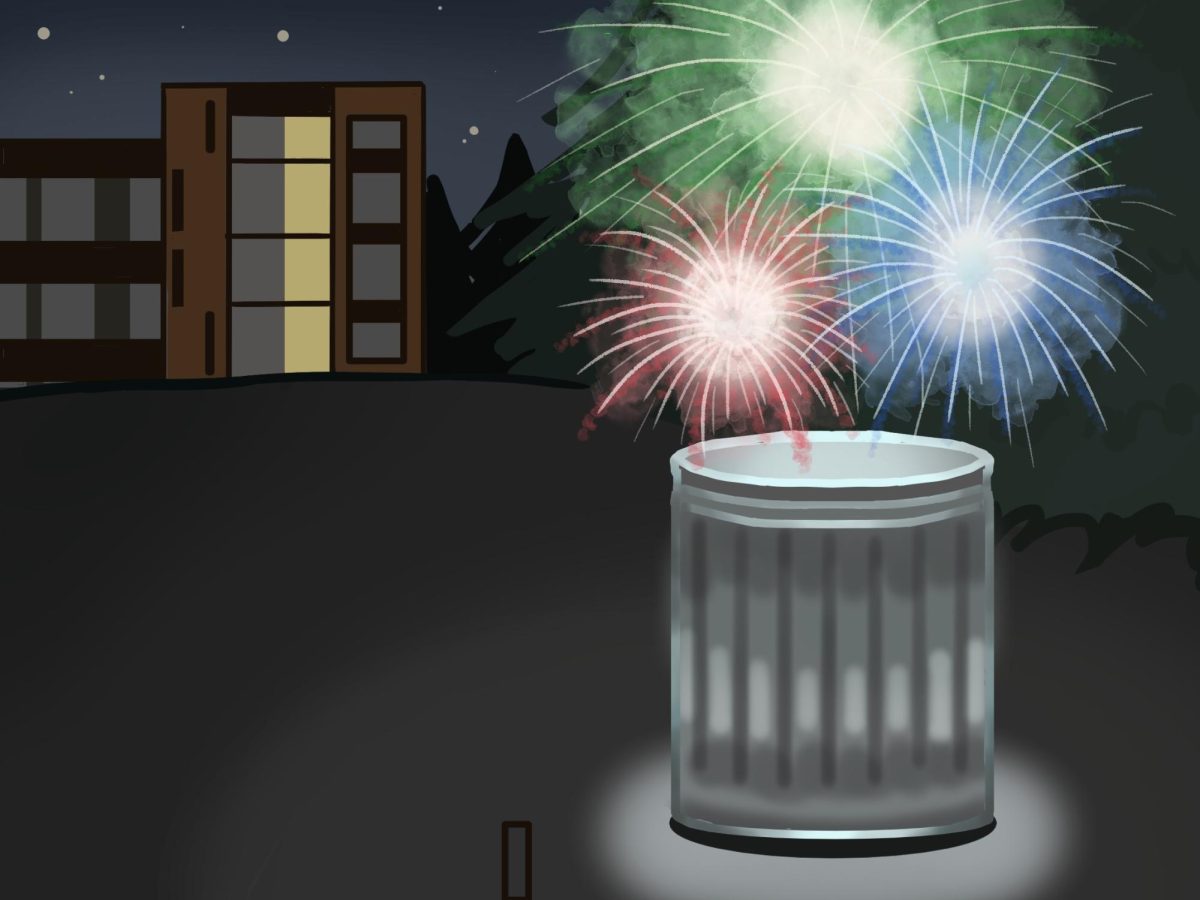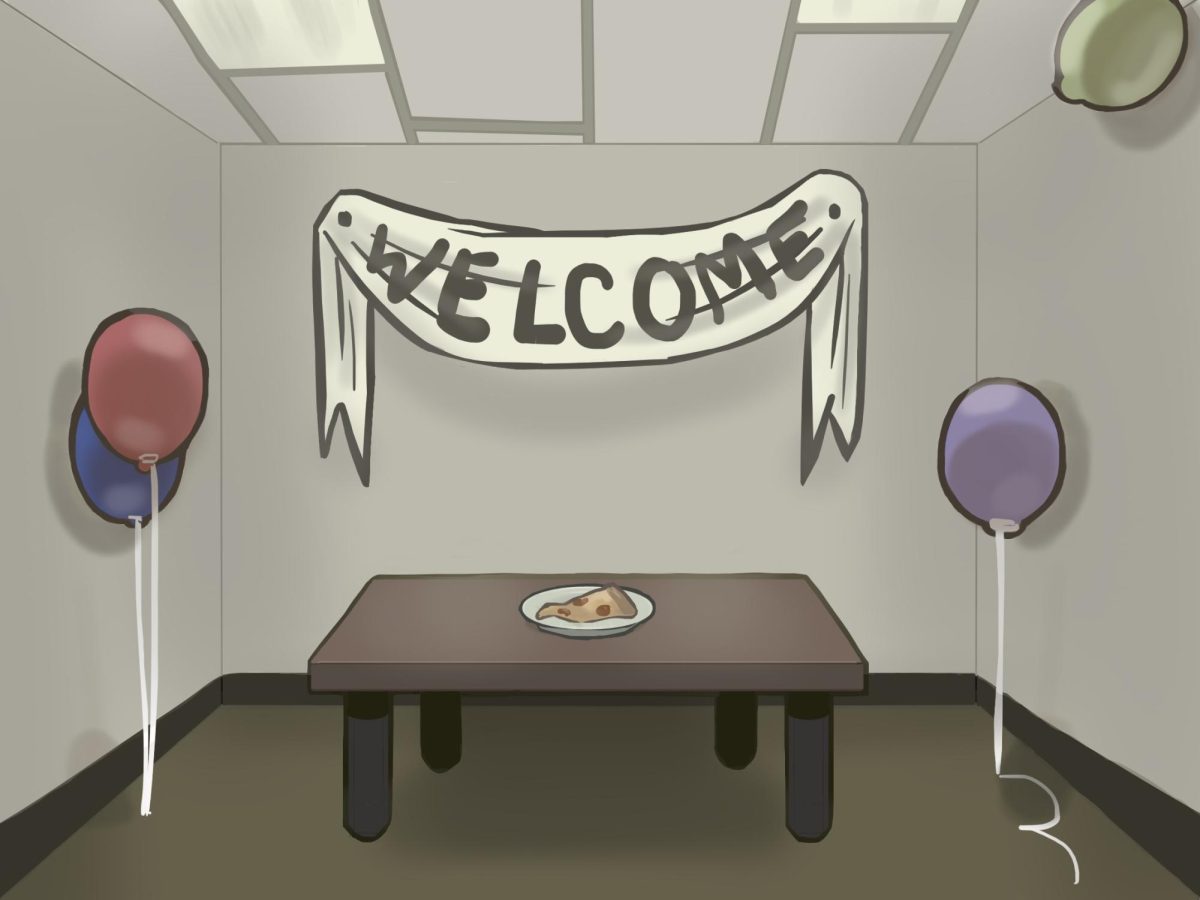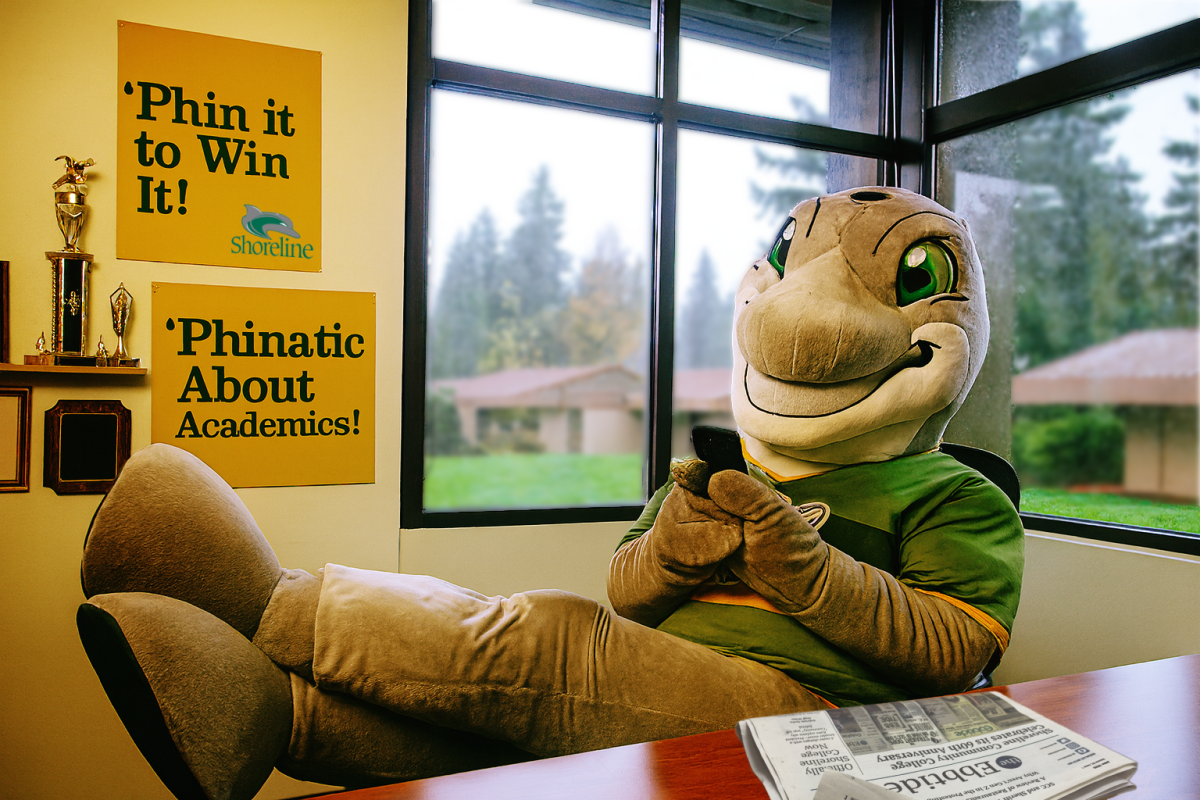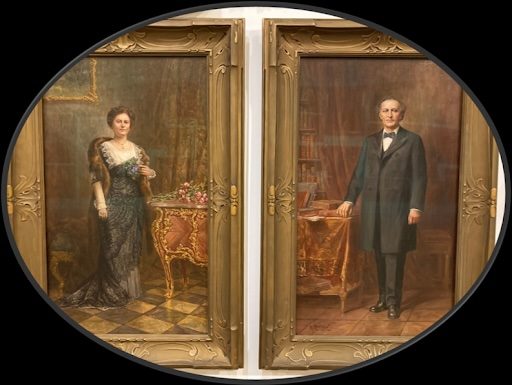MISPLACED PUPPETS CHEAPEN A FAN FAVORITE
This year’s fall musical fell victim to an unsuccessful spin put on its execution, though fortunately, it was through no fault of the talent.
The cast was wonderful. The set was fantastic. The music was great. All players showcased their usual skill in SCC’s production of “Little Shop of Horrors.”

From its origin as a 1960 comedy film to a 1982 Off Broadway adaptation followed by its return to the screen in 1986, the musical has never lost its signature campiness and tongue-in-cheek spirit. It tells the story of meek flower shop employee, Seymour, and his longing for love interest, Audrey, in-between Seymour’s task to feed his singing plant human blood in exchange for fame. Fans will note that this plant, named Audrey II, is traditionally operated via puppetry during performances.
However, the decision to depict the show’s four main characters as puppets this fall resulted in a distracting disappointment.
Visually, it was problematic. Five bodies on a stage where only three should’ve been simply wasn’t pleasing to the eye. The puppets, small and legless, floated around and were not only out of place, but difficult to see. They became lost during dance numbers, and the black clothing of their operators contradicted the bright sets.
Most puzzling, though, was guest director Billie Wildrick’s reasoning behind the choice.
Wildrick banked on puppets “in order to reflect our modern understanding that voices and souls are not pre-determined by the skins they reside in.”
She may have been referring to how women voiced two key male roles, but with that in mind: Why are puppets necessary? These actresses clearly had their characters down to a T, so why not truly prove there are no limits and let them embody the characters themselves?
If anything, these puppets restrained people’s differences instead of celebrating them. If acting is no longer the perfect chance to become someone completely different from oneself, what is?
In the program, Wildrick referenced today’s political climate with mention of feeding monsters “with blood or votes,” which sounded more like a student trying to grasp for analogies within a literature assignment in a desperate attempt to please the teacher. Such symbolism hardly seems relevant to a show that has never taken itself seriously.
Wildrick’s logic raises a plethora of questions: Are other productions less “inclusive” due to their absence of puppets? Why does this show get the treatment and not others? Where do we draw the line?
I think the answer is clear: Leave the acting to the actors. As I watched the cast, clear as day behind their puppets, I couldn’t shake the overwhelming wish that they were the ones up front.
If nothing else, this show serves as a perfect lesson in leaving well enough alone.














